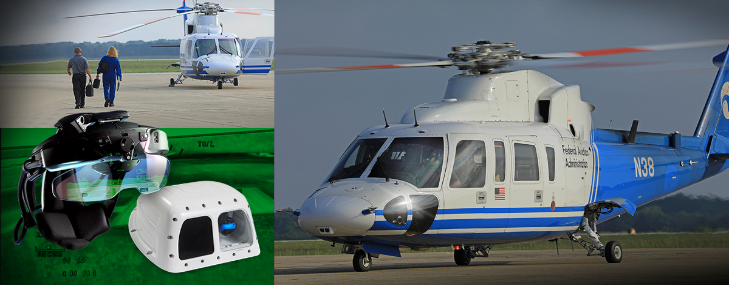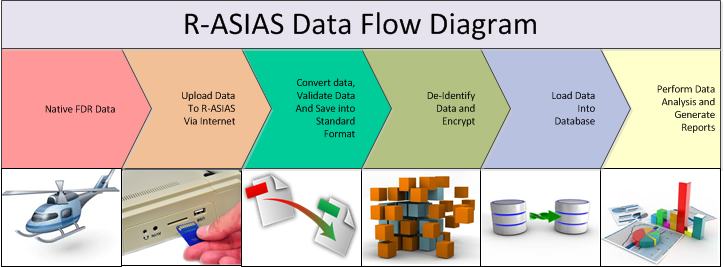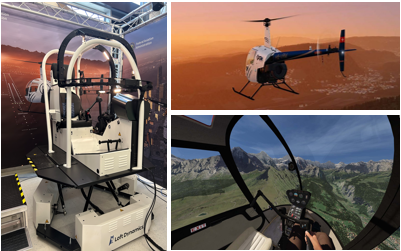Description
Degraded Visual Environments (DVEs) pose critical safety challenges for rotorcraft pilots by eliminating essential visual cues, such as the horizon line and peripheral references, which increases cognitive workload and impairs spatial orientation. In contrast, Good Visual Environments (GVEs) promote visual dominance, enabling pilots to rely on visual stimuli to override conflicting vestibular or proprioceptive signals, thereby lowering workload demands. This study investigated whether minimal line-based symbology, designed to mimic natural visual cues, can restore visual dominance and support natural visual processing mechanisms such as the optokinetic cervical reflex (OKCR). The experimental setup involved six evaluation pilots flying figure-eight maneuvers in a Mi-2 helicopter equipped with an SA-147 helmet-mounted display (HMD), under three distinct visual configurations: a narrow 30° field-of-view (NFOV) lacking peripheral stimuli, a wide 147° field-of-view (WFOV) incorporating peripheral stimuli, and a natural GVE baseline.
Effectiveness was assessed using a multi-modal framework that incorporated aircraft flight data, OKCR responses, physiological workload indicators, subjective pilot assessments, and qualitative feedback. Results showed that WFOV configurations improved OKCR compensation by 63% over NFOV and increased head scanning behavior by 93%, indicating partial restoration of visual dominance. However, WFOV achieved only 61% of GVE’s workload efficiency metrics, suggesting limitations in replicating full natural visual processing. The analysis established OKCR as an effective quantitative metric for assessing visual dominance, revealing greater complexity than previously understood, with head roll behavior influenced by maneuver phase, turn direction, and bank angle magnitude. Pilots flying under NFOV conditions reported “tunnel vision” and consciously limited head movement to reduce perceptual conflict. These findings demonstrate that minimal line-based symbology can partially restore visual dominance in DVEs, providing insights into the visual elements that contribute to visual dominance.

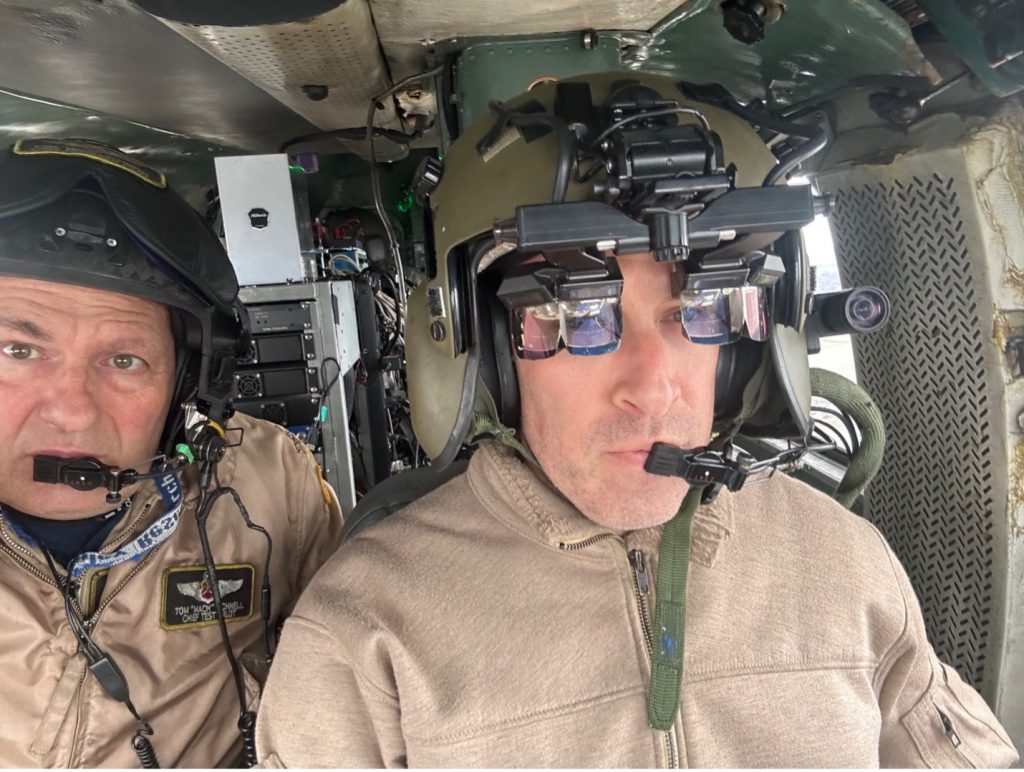
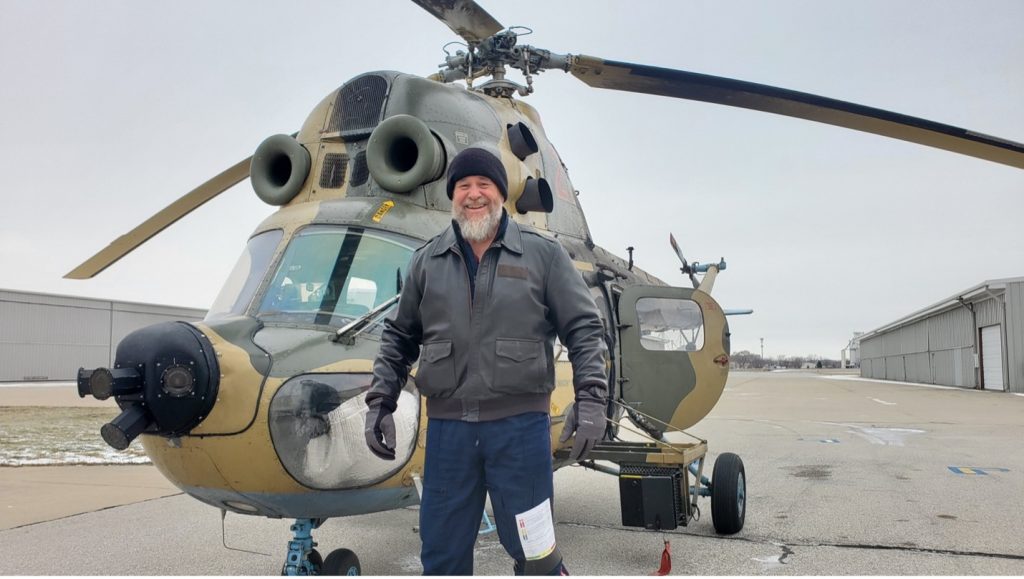
About

Maggie Mayfield earned her M.S. in Industrial Engineering from the University of Iowa, specializing in flight tests in simulated degraded visual environments. She served as the test director and flight test engineer for these flights and collaborated with the University of Iowa’s Operator Performance Laboratory on their Mi-2 Hoplite. Currently, she works at the FAA Technical Center with the Vertical Flight Aviation Simulation Team, continuing her research in aviation safety.
